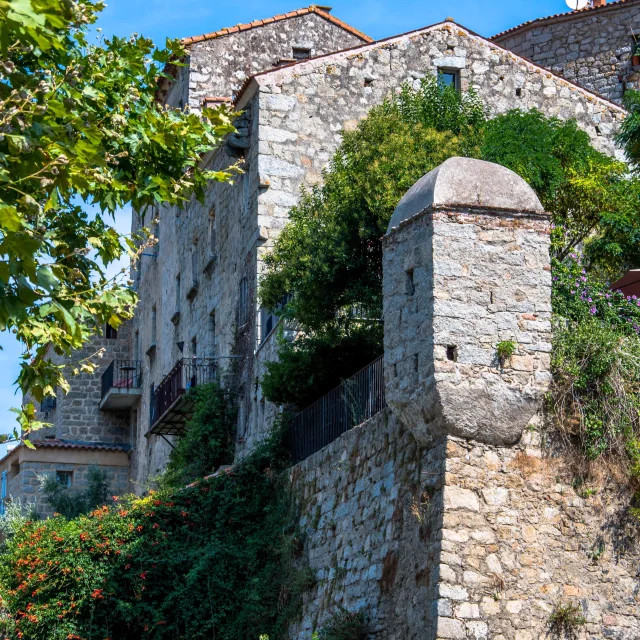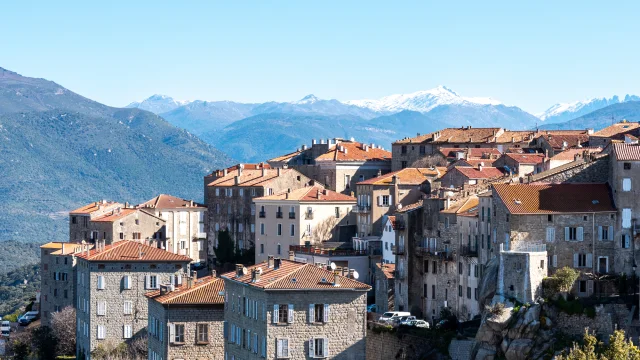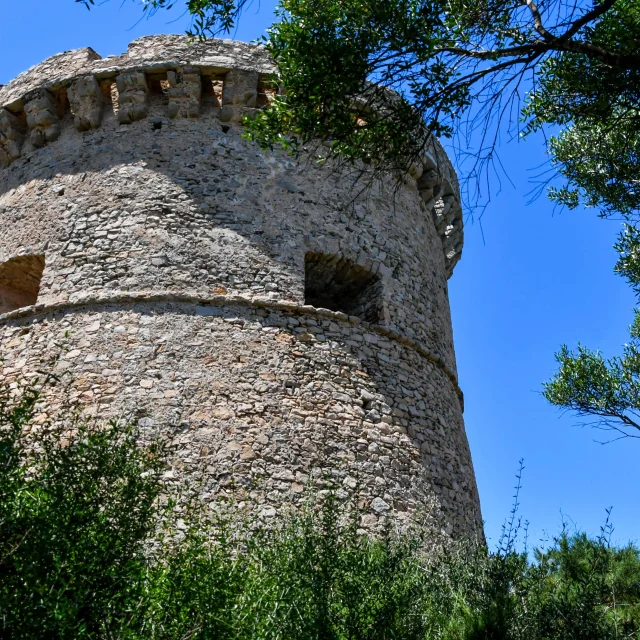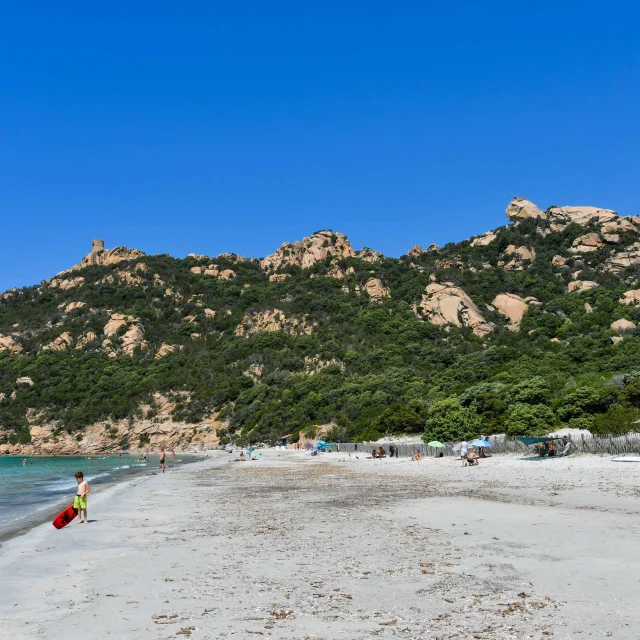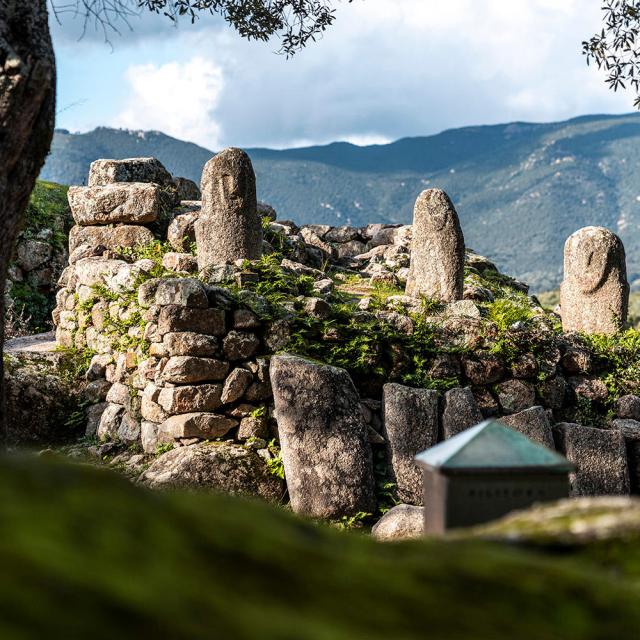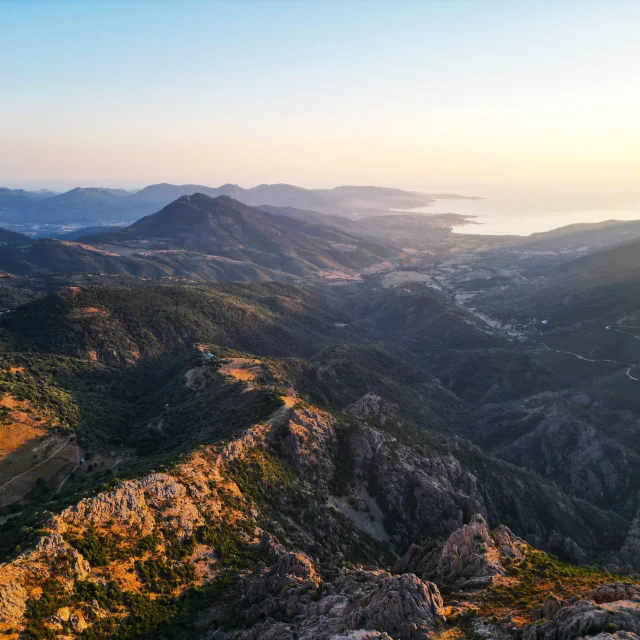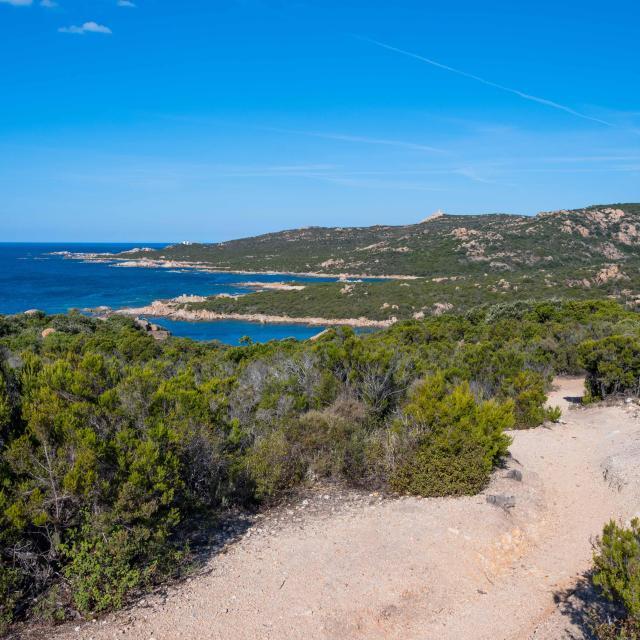Before entering the heart of the historic and medieval quarter,stop off at Place Porta. It’s the perfect place to sit down at one of the many cafés that surround it and soak up the local atmosphere. Even today, this square, which the locals still call Place Porta, is home to an open-air market, every Saturday morning, summer and winter alike. You’ll meet passionate producers, true ambassadors of Corsica, who proudly share the flavours of their terroir, respecting the seasons.
Named Place de la Libération after General de Gaulle’s visit at the end of the Second World War, the square is also a place steeped in history. Dominated by the Genoese governors’ palace, now the town hall, it marks the entrance to the old town via “la Porta”, a former drawbridge, giving access to the cobbled streets of the old centre.
Not to be missed,the church of Sainte-Marie, which dominates the square. It housesthe cross and chain of the penitent used during the famous Good Friday procession, U Catenacciu – a high point in the island’s religious tradition, imbued with emotion and fervour.
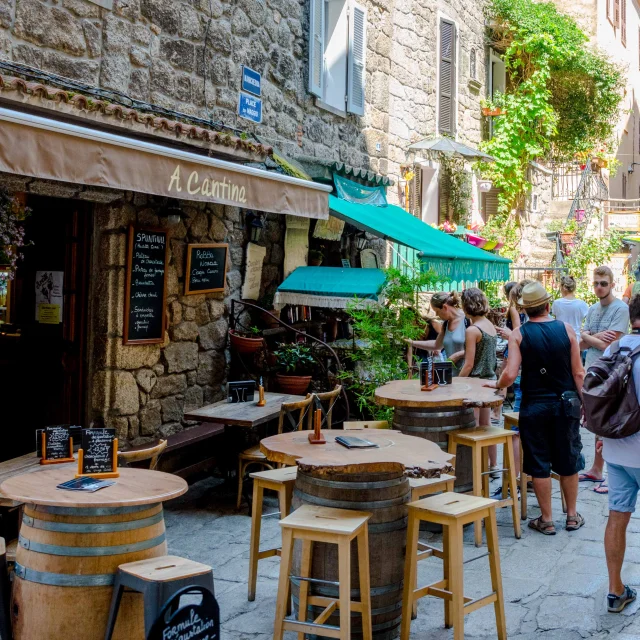 S Week End De Paques Dl Bd Ld Sartene Jpeg 5
S Week End De Paques Dl Bd Ld Sartene Jpeg 5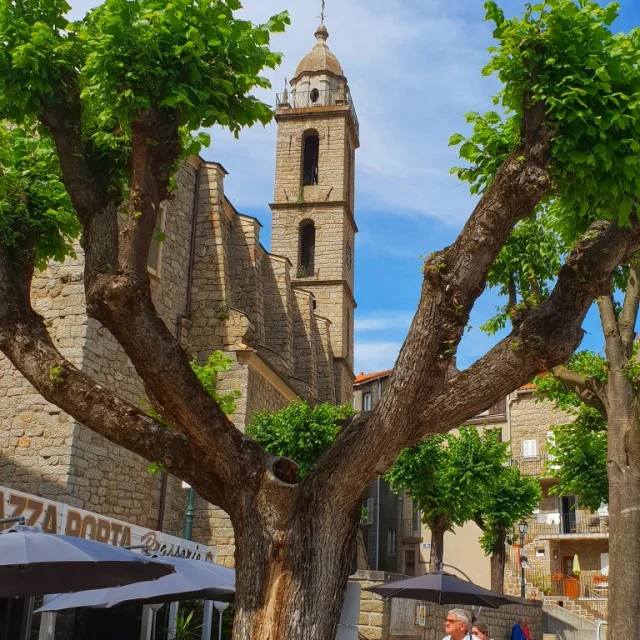 Sartene church 768x1024 1
Sartene church 768x1024 1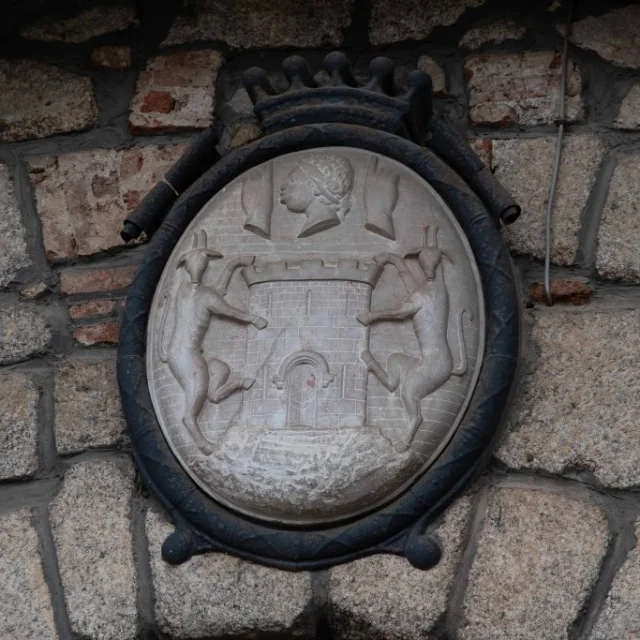 Dsc 3481 1024x683 1
Dsc 3481 1024x683 1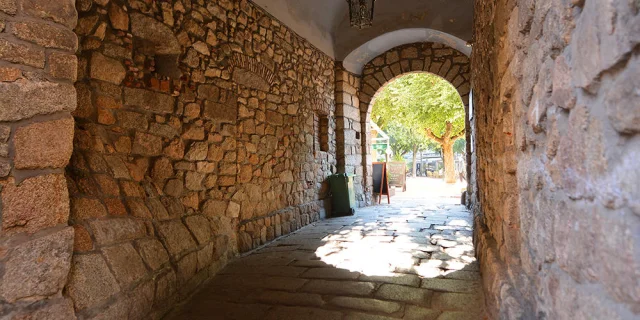 Edc Bd Ld Sartene Jpeg (57)
Edc Bd Ld Sartene Jpeg (57)
